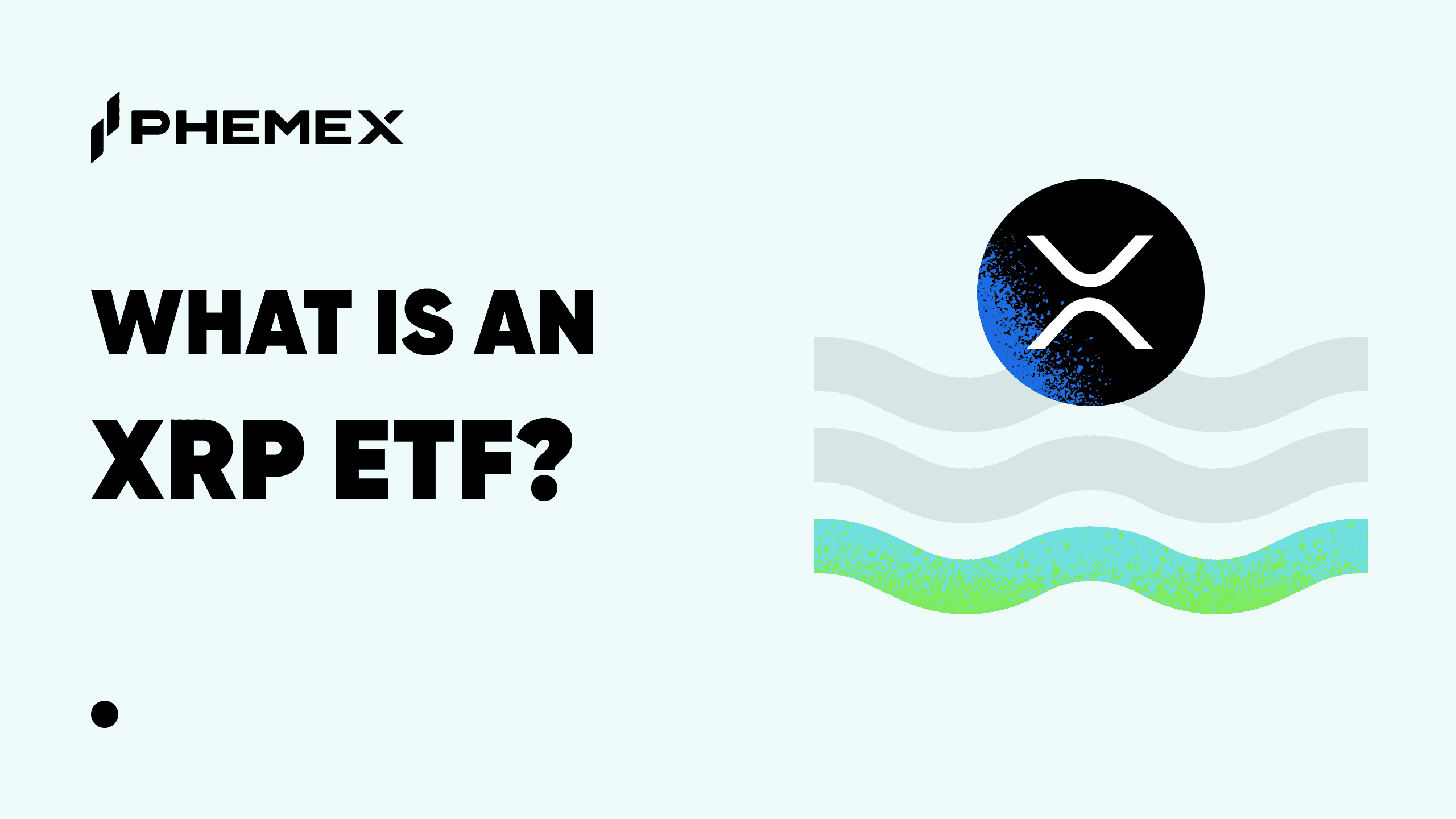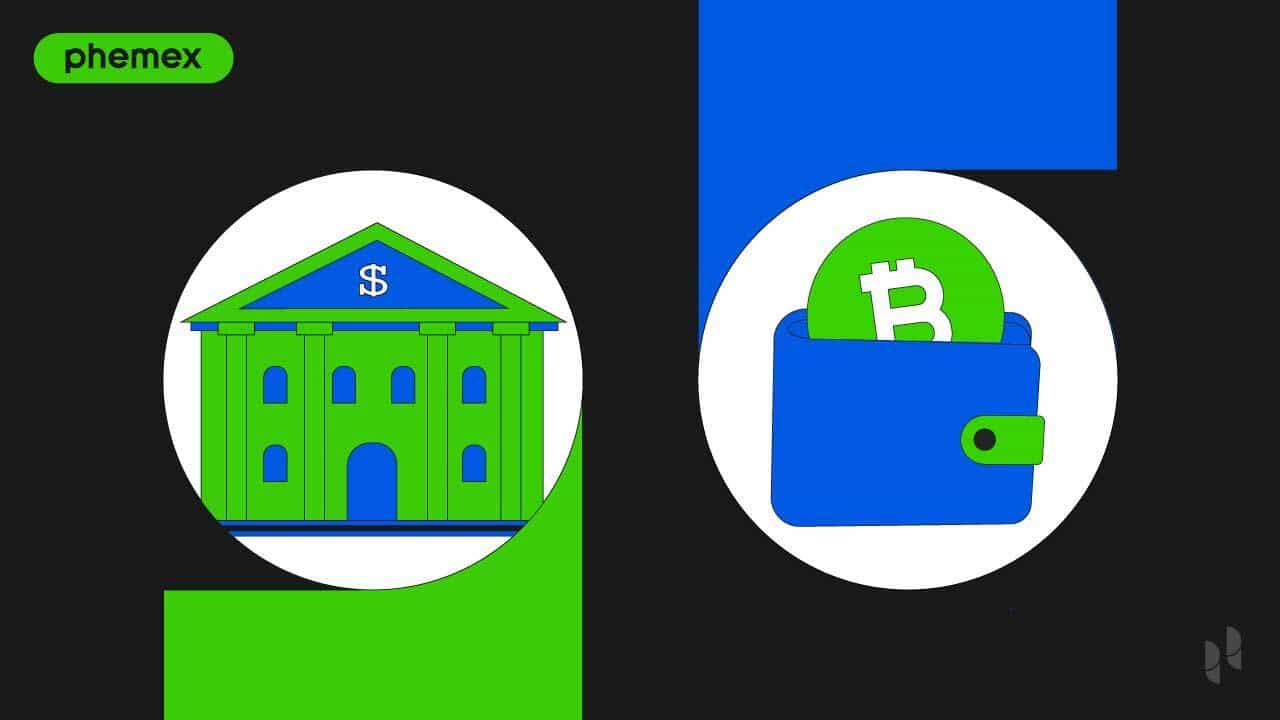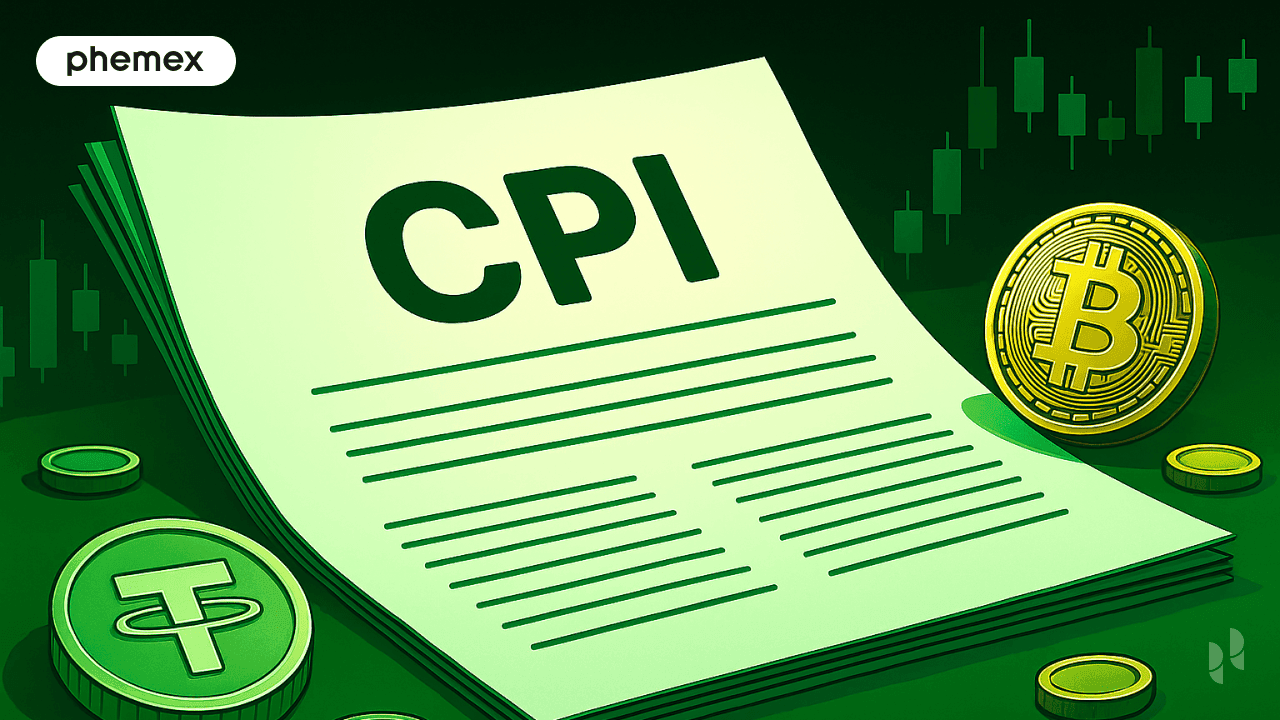It is hardly a secret that economists love graphs. Line graphs, pie graphs, and bar graphs, all of these are good tools to better describe and identify the trade movements that make up an economic shift or trend — and for that very reason, these tools are indispensable for any serious trader. Some shapes are so common in line graphs that they are designated their own name, working as functional reminders as to what these shapes indicate. Such is the case with the v-shaped recovery; one of the most common signals of an economic recovery.
 What Is the Definition of Recovery Economics?
What Is the Definition of Recovery Economics?
The v-shaped recovery theory is only understandable within the context of recovery economics, and thus recessions and economic recovery. When a micro – or even macro economy enters a recession, it experiences a huge downshift in prosperity and activity, and consequentially income, employment, and sales plummet. While this can be financially crippling for those that have to endure such a spell, often the one positive the public can take from the situation is that it is virtually a mathematical certainty that this will only be temporary. Economies, historically, have a way of bouncing back in no uncertain fashion, and when they do it is rather predictably called an economic recovery.

These recoveries are the next stage of an economic cycle and generally occur right after a recession, with the time elapsing between these two periods often employed as one of the metrics to indicate the severity of that recession. Economic recoveries are characterized by an improving gross domestic product (GDP), rising incomes, and lowering unemployment rates — all of which help to contribute to a recovery, as well as being indicators of it. Usually, recoveries signify the real-world implementation of new policies and rules by governmental and/or central banking authorities. These polices are themselves usually a response to the (perceived) factors that triggered the economic recession in the first place. This is, however, conditional to the relevant authority’s ability to identify those factors.
Labor, capital goods, and other means of trade production pertaining to businesses that have collapsed during a recession are re-utilized and re-organized to fit in with the demands of the upturn brought about by economic recovery. In essence, an economic recovery is a process of resource allocation, which is necessitated by the growing demands of an expanding economy directly after that economy’s collapse. These recoveries almost invariably signify good things for an area and the people that live within it, and they come in many shapes and sizes.
What Is V-Shaped Recovery?
When measuring economic growth during a recession, there are various indicators that frequently appear on the charts, each with their own name and characteristic shape. One of the most recognizable and common of these shapes is the “V” indicator. This represents the mark left on an economic chart that attests to the decline and subsequent rise in market activity during and immediately following a recession.
To define the v-shaped indicator, we simply must look at the shape of a letter “V” itself. Now, imagine that the first half of the “V” (the “\” part) represents the downward trend in an economy during a recession, and the second half of the “V” (the “/” part) represents the upward trend that follows. This should hopefully give a reasonable visual representation of what a v-shaped recovery looks like, as well as what it means for an economy.
V-shaped recoveries are generally indicative of a rapid and sustained rebound in economic fortunes following a period of economic hardship. They can occur in any level of commerce, from its lowest to its very highest forms, as almost no business operation is safe from the effects of a recession (or recovery, fortunately). This means that v-shaped economic recoveries have been seen on projected graphs by the owners of even the smallest of private businesses, right up to the operators of the largest of public enterprises. Wall Street brokerages and their likes are no exception to this rule.
What Are the Indicators Used to Predict a Stock Market V-Shaped Recovery?
A v-shaped recovery in trading is actually a common occurrence, at least on a small, individual scale. However, when a large-scale recession and recovery affects the market as a whole, it affects a large quantity of the enterprises which operate within that market. One of the main indicators that allow investors to predict whether the stock market is likely to enter a recession, and recover from that recession, are the book equity to market equity (BE/ME) ratings of different enterprises. To better understand book equity and market equity, also known as book value and market value, a brief definitions section is given below:
- Book equity/value: The book value of an enterprise is determined by examining its historical cost, also known as accounting value. A high BE/ME ratio often means that the market is depreciating (or at least, under appreciating) the value of an enterprise’s assets when compared to its book value.
- Market equity/value: The market value of an enterprise is determined by accounting for the stock market and the number of shares that enterprise has in circulation. This process is also known as market capitalization. A low BE/ME ratio often means that the market is overvaluing an enterprise’s assets when compared to its book value.
- BE/ME ratio: BE/ME ratios are the comparisons made between an enterprise’s book value and market value. The price of assets minus the cost of liabilities gives an enterprise its book value, and the price of a single share multiplied by the number of shares still on the market gives its market value. Thus, to obtain a BE/ME rating, an economist must divide an enterprise’s held share value by its market cap (the total value of a company represented in dollars). This is an extremely helpful indicator since it allows investors to know if the market is currently over or under valuing an enterprise’s assets. Simply put, if the ME is determined as being higher than the BE, an enterprise is considered overvalued, and vice-versa. BE/ME ratios are generally used to compare an enterprise’s total asset value to its current asset value.
Stocks with relatively high BE/ME ratios (known as value stocks) generally belong to large, established companies considered to be too large or integral to fail (at least outright). Following on from this, stocks with a relatively low BE/ME ratio (known as growth stocks) often belong to newer and smaller, but also faster growing, companies without a large quantity of tangible assets or much dividend history. During hard times or economic instability, value companies tend to perform worse than growth companies, largely due to them having a much higher quantity of assets tied up in the market at any given time. However, these value companies are also far more likely to see an inflated increase in value during a period of v-shaped economic recovery. There have in fact been many examples of these forms of recovery throughout modern history.

What Are Some Historical Examples of V-Shaped Recovery?
As mentioned, there has been a high number of v-shaped recoveries throughout history. Two of the most famous v-shaped recoveries in US history are a pair of major recessions and bounce-backs that occurred within just over thirty years of each other:
- The Great Depression (1920-21): Following World War I, a huge number of US soldiers returned from combat, bringing with them the need for stable jobs and salaries. At the same time, the government decreased its total expenditure by a massive 65% in an attempt to take stock after the war effort, closing munitions factories and other state funded enterprises related to arms and military supply production. As a result, the US entered a dark recession, considered one of the worst in modern history. The Federal Reserve was forced to act quickly, making drastic changes to its monetary policy and causing economic interest rates to shoot up, hitting 7% by the summer of 1920. While this goes against the standard model of recovery, this change in policy served to create one of the sharpest v-shaped recoveries known to this very day. Failing businesses were liquidated, leaving room for new businesses to spring up in their place, and subsequently allowing for the rapid redistribution of monetary assets and employment. Prices and wages fell, adjusting to reflect the new structure of production and consumption in the post-war economy, which soon entered the much more optimistic period now known as the Roaring Twenties. By 1924, a time of renewed expansion had descended upon the continental US, resulting in a boom of previously unprecedented proportions.
- The recession of 1953: Relatively brief and mild when compared to the Great Depression, the recession of 1953 took place during the latter half of that year. The booming economy following the Great Depression had slowed to a crawl, with unemployment and interest rates beginning to climb. This was due in part to competition brought about by a rapidly rising population needing stable jobs and homes. By the summer of 1953, the GDP of the United States was down 2.2%, employment down by 6.1%, and a recession was in full swing. Just as in 1920-21, the Federal Reserve’s reaction (which goes against all modern economic advice) was key in mitigating the effect of this financial disaster. This time their monetary policy response was to do virtually nothing, representing the most relaxed counter to a recession up until that time. Again, the restrained approach to fiscal policy helped turn things around with surprising rapidity, with the federal government making very little effort to increase spending. In fact, they even went so far as to tighten fiscal policy during both the recession and recovery; which is measured by the high-employment budget surplus, an indicator of the direction of monetary policy which is popular among economists. What followed was a rapid rise in economic fortunes, and by the beginning of 1954 the v-shape of this recovery was evident to even those least familiar with economic charts.

Coronavirus recession prediction graphic, showing 2019 performance on the left for reference (Source: weforum)
What Are Some Modern Examples of V-Shaped Recovery?
To conclude, it is probably worth mentioning that the economy is currently in what many are predicting will be a v-shaped recovery, following the recession brought on by the COVID-19 pandemic. Travel restrictions, shuttered non-essential businesses, and social distancing policies have all played their part in making the available economic money pool much shallower than it has been in previous years. However, it is hoped that measures taken by the US and other national governmental bodies will allow this period to be a short one, as the second half (“/”) of the v-shape is becoming increasingly clear. It certainly seems likely that 2021-22 will represent another historical recovery for the economy. The final shape of that recovery, however, is yet to be determined.
Read More
- What to Invest in During a Recession: 7 Do’s & Don’ts
- Phemex Analysis in A Minute: VIRTUAL’s 6775% Surge and What's Next?
- Pullback vs. Retracement vs. Reversal: What Are The Differences?
- July Crypto Market Analysis
- What Is a Market Pullback: What To Do During a Crypto Pullback?
- Global Macro and Microeconomic Trends in 2024
- All About Reversal Candles: How to Read and Trade
- The 2021 Crypto Crashes Explained: What do they Mean for the Future?








